Raspberry Pi, say hello to your new best musical buddy! The Pimoroni Piano HAT lets you control hardware and software synthesizers or play beautiful music using Python. Show off your creativity and amaze everyone, perhaps even yourself! This HAT features 16 touch - sensitive buttons, up and down octave controls, and 13 piano keys from C to C. You can individually monitor each button in Python and connect it to any wild project you can dream up. For pros, use a USB to MIDI adapter to make the Piano HAT output regular MIDI commands and take control of your hardware synth gear. It's compatible with Raspberry Pi 3, 2, B+ and A+ and comes fully assembled with tons of examples to get you started. Key features include 16 touch - sensitive buttons, a full - octave of 13 piano keys, octave up/down buttons, an instrument cycle button (great for synthesizers), and 16 LEDs that can light up automatically or be controlled via Python. Head over to the Pimoroni Piano HAT GitHub repository to find a Python library, PyGame and Python MIDI examples, and more!
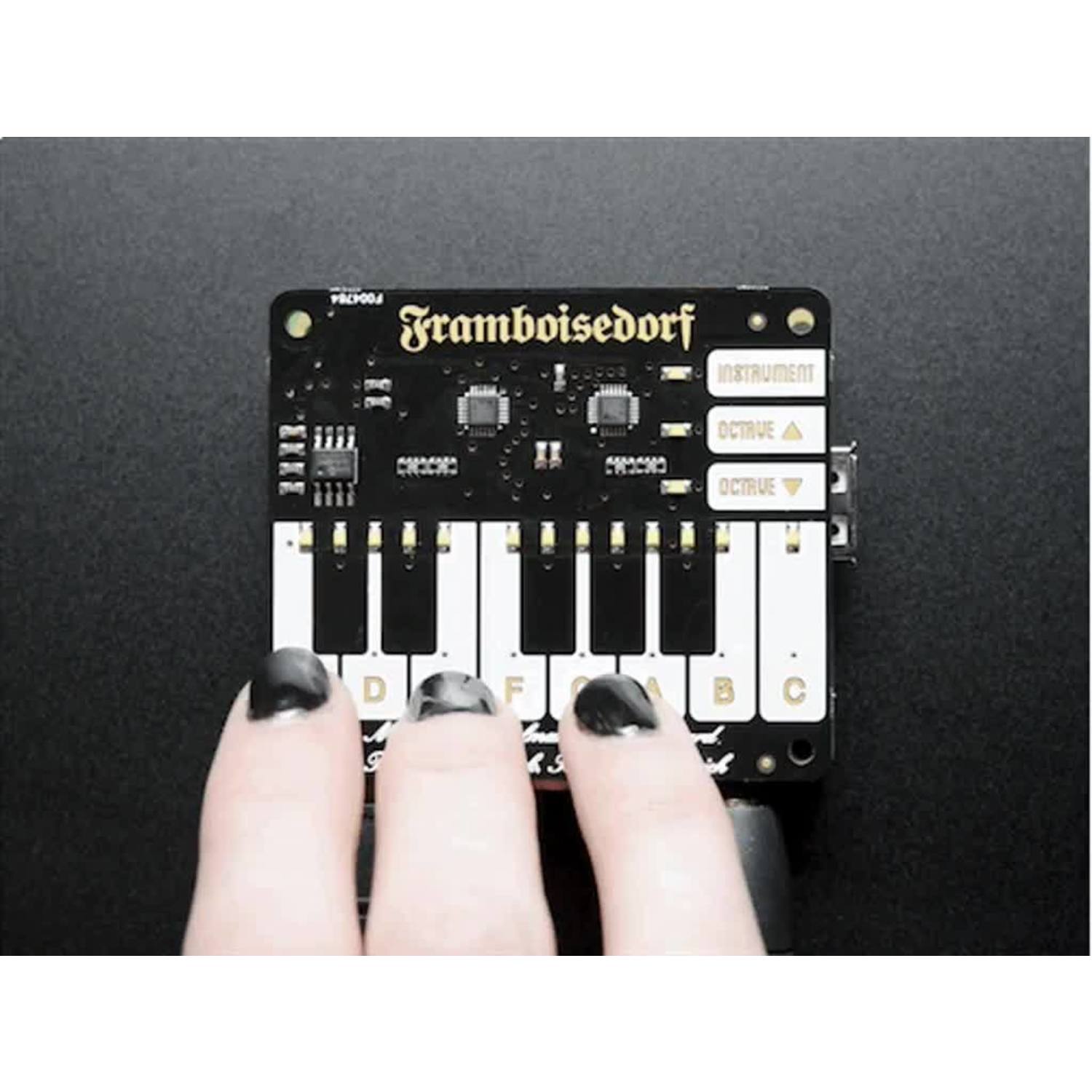
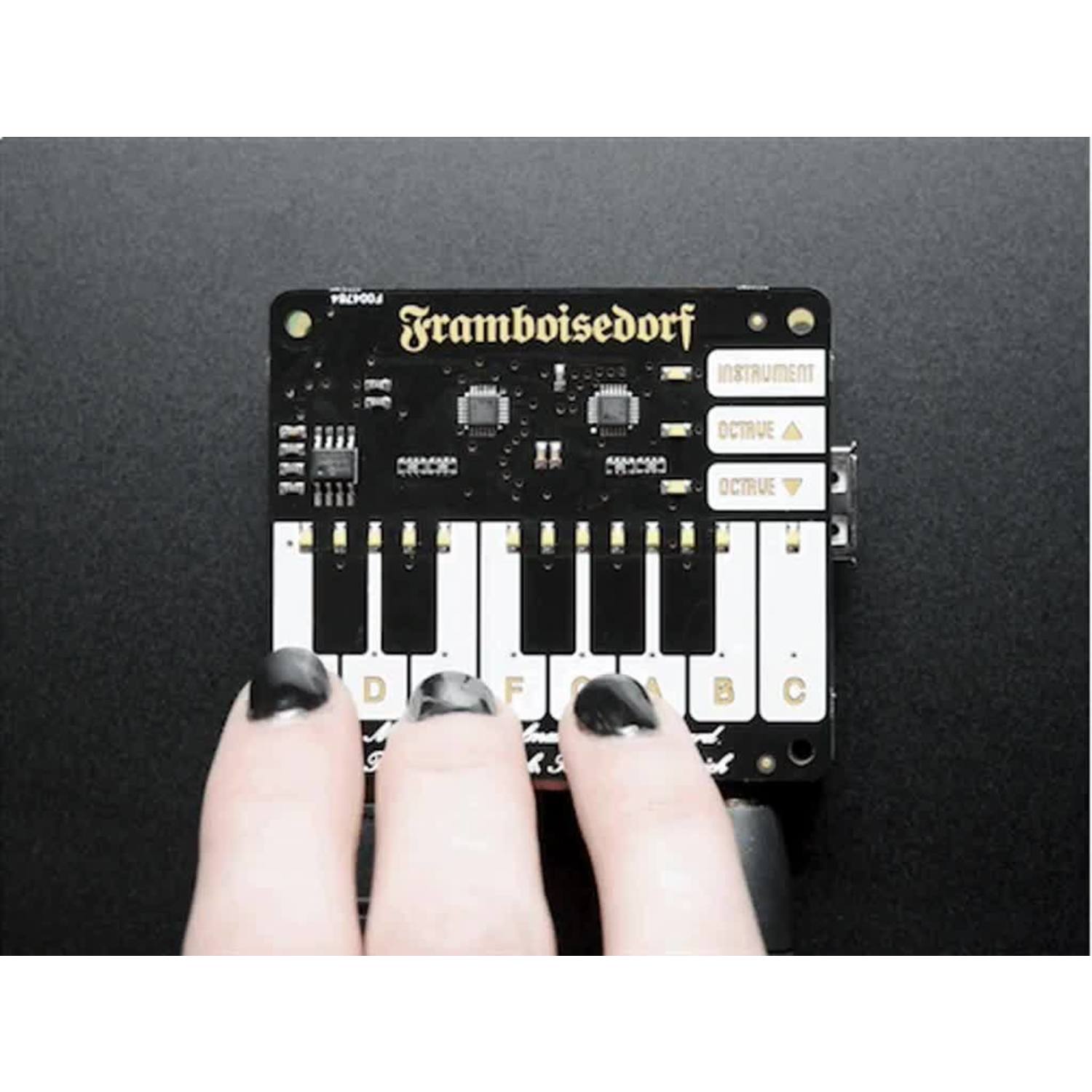
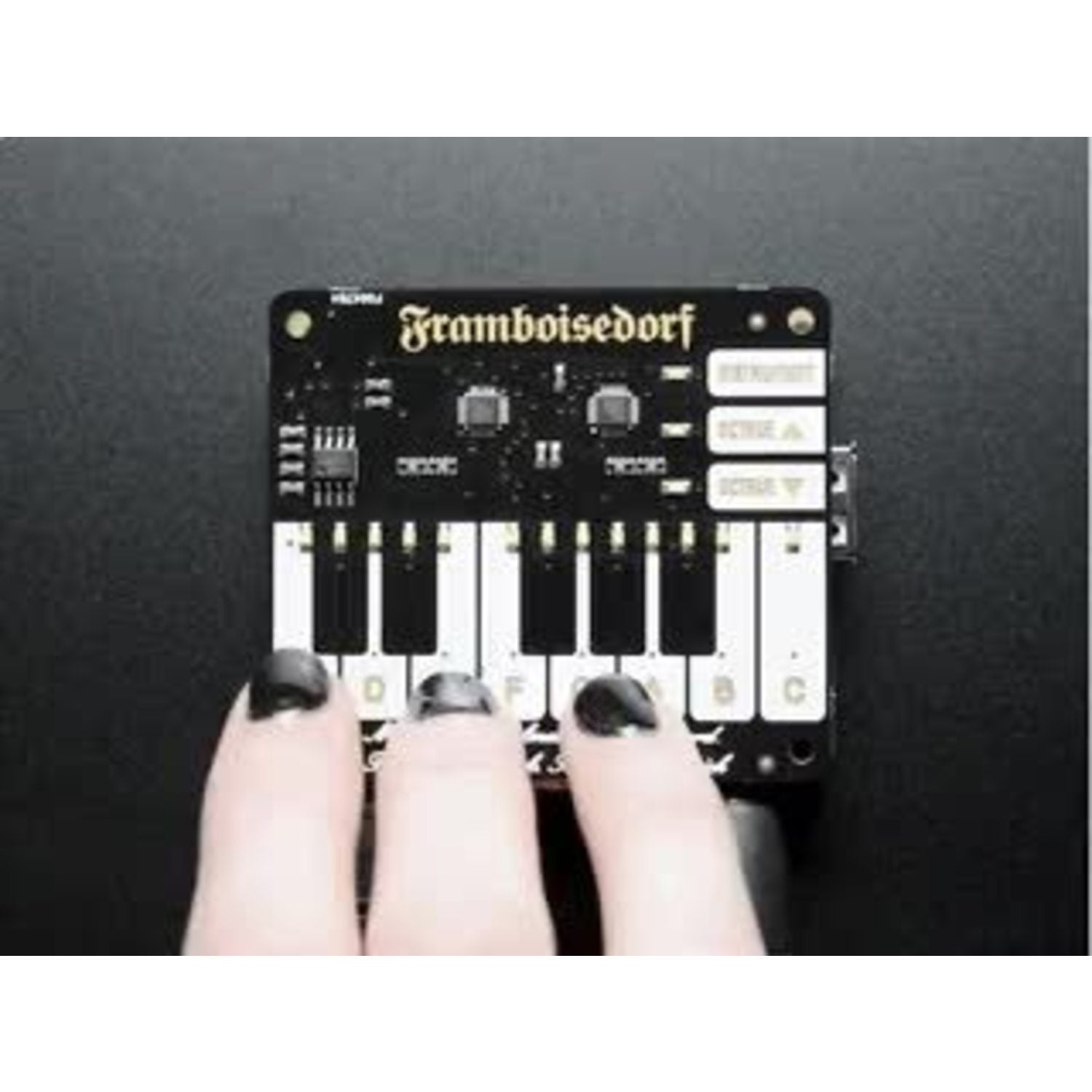
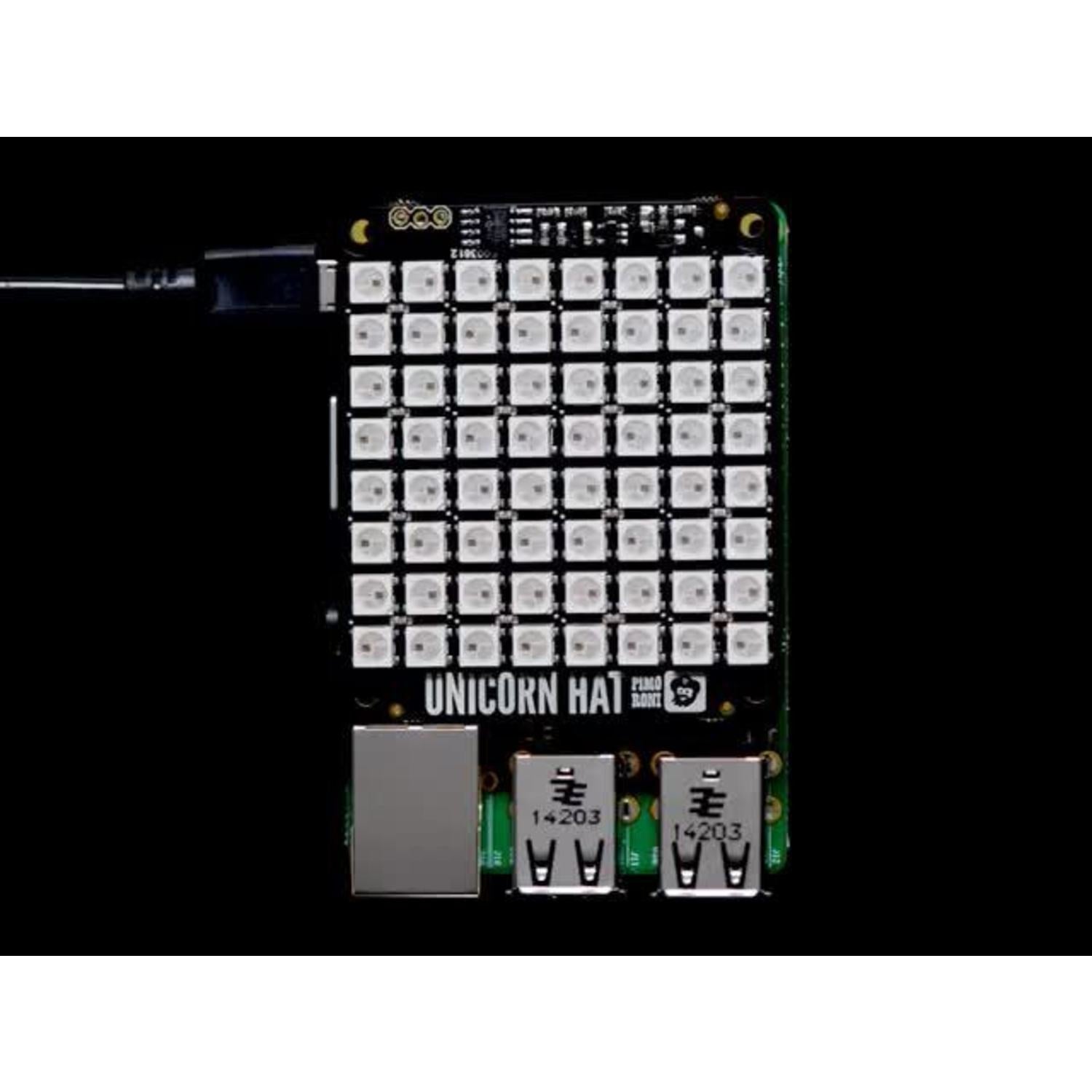
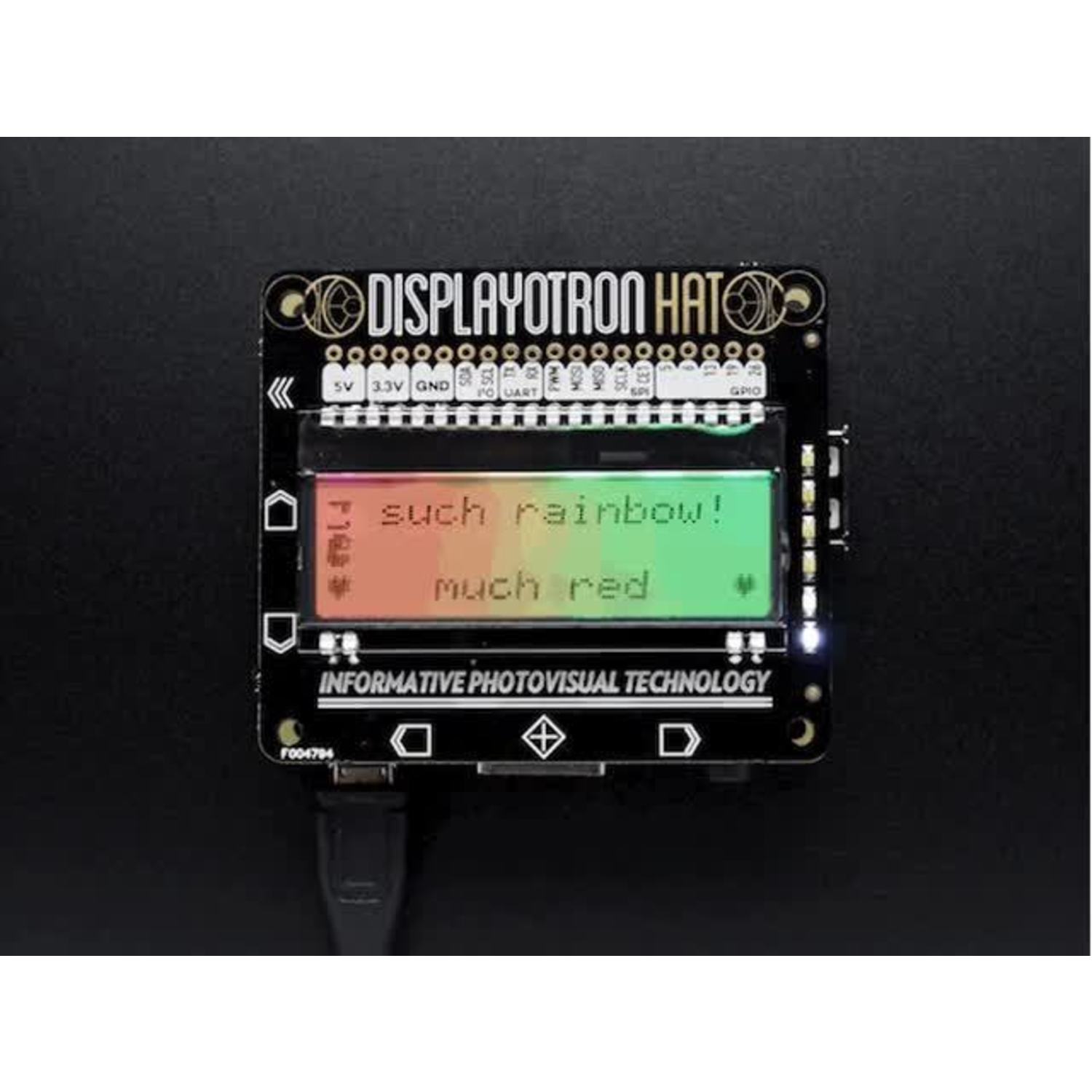
Using the Pimoroni Piano HAT is a breeze. First, make sure your Raspberry Pi is one of the compatible models (Raspberry Pi 3, 2, B+ or A+). Connect the fully - assembled HAT to your Raspberry Pi. If you want to play music right away, you can use the provided examples. The 16 touch - sensitive buttons and 13 piano keys are easy to press. You can control the octave using the up and down buttons and cycle through instruments with the dedicated button. For more advanced use, connect a USB to MIDI adapter to output MIDI commands and control your hardware synth. When using Python, you can individually monitor each button and create your own projects. As for maintenance, keep the HAT clean and free from dust. Avoid exposing it to extreme temperatures or moisture. If you encounter any issues, check the GitHub repository for help and updates.